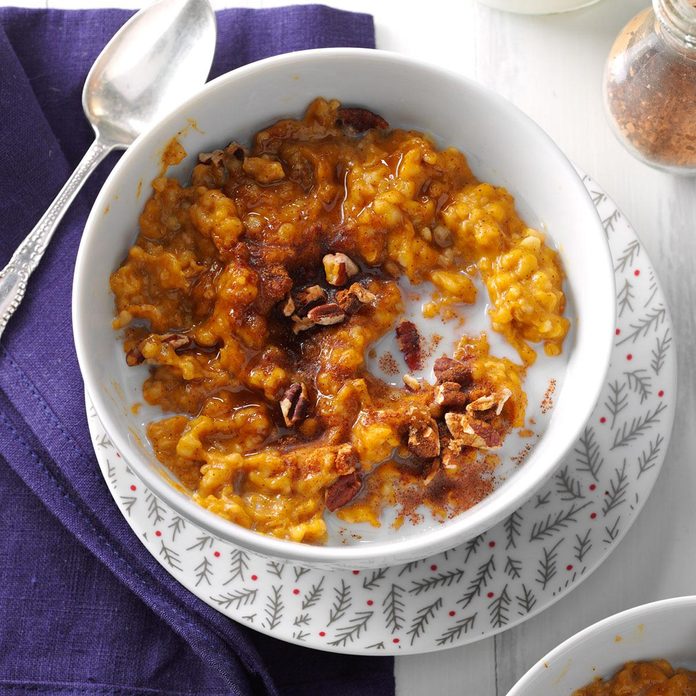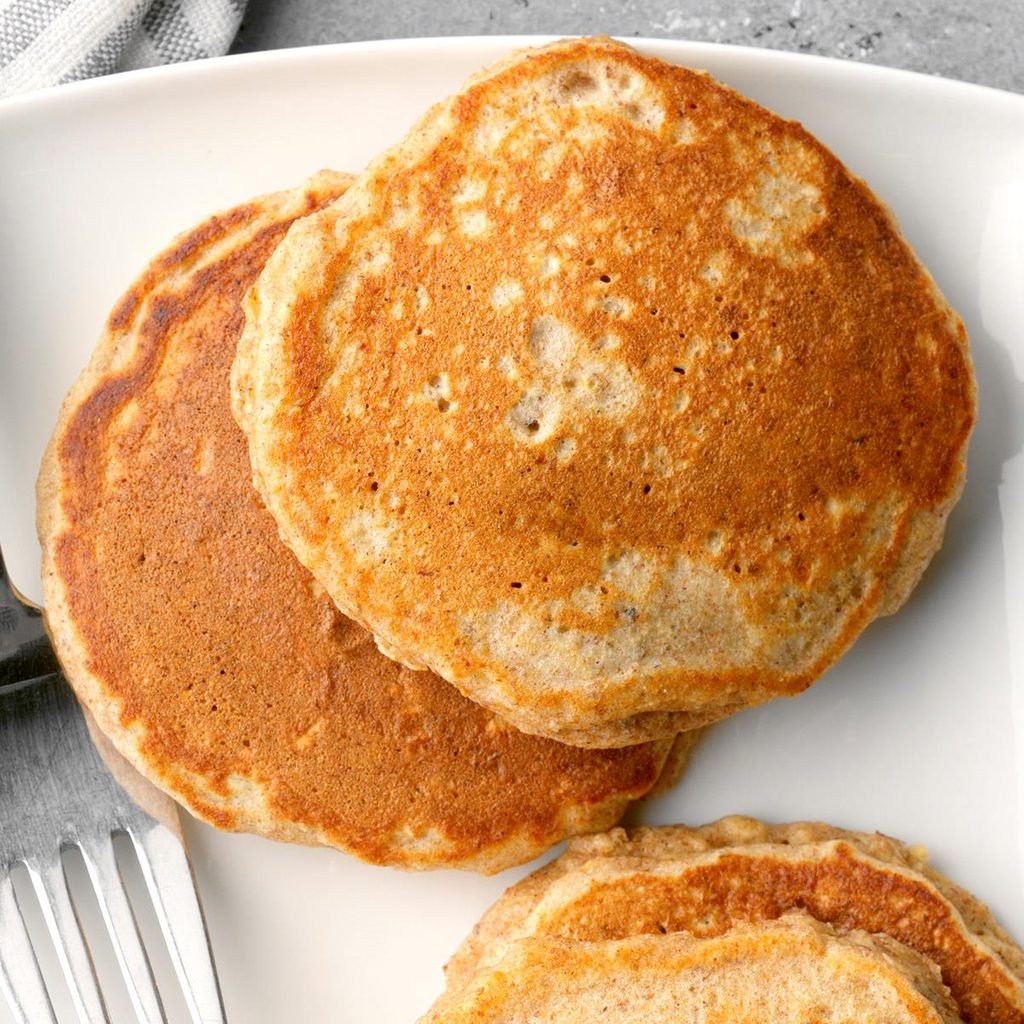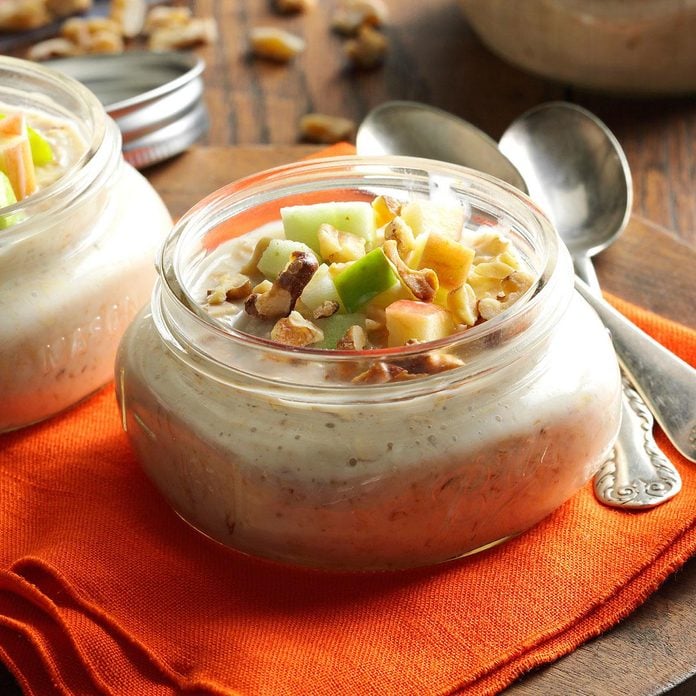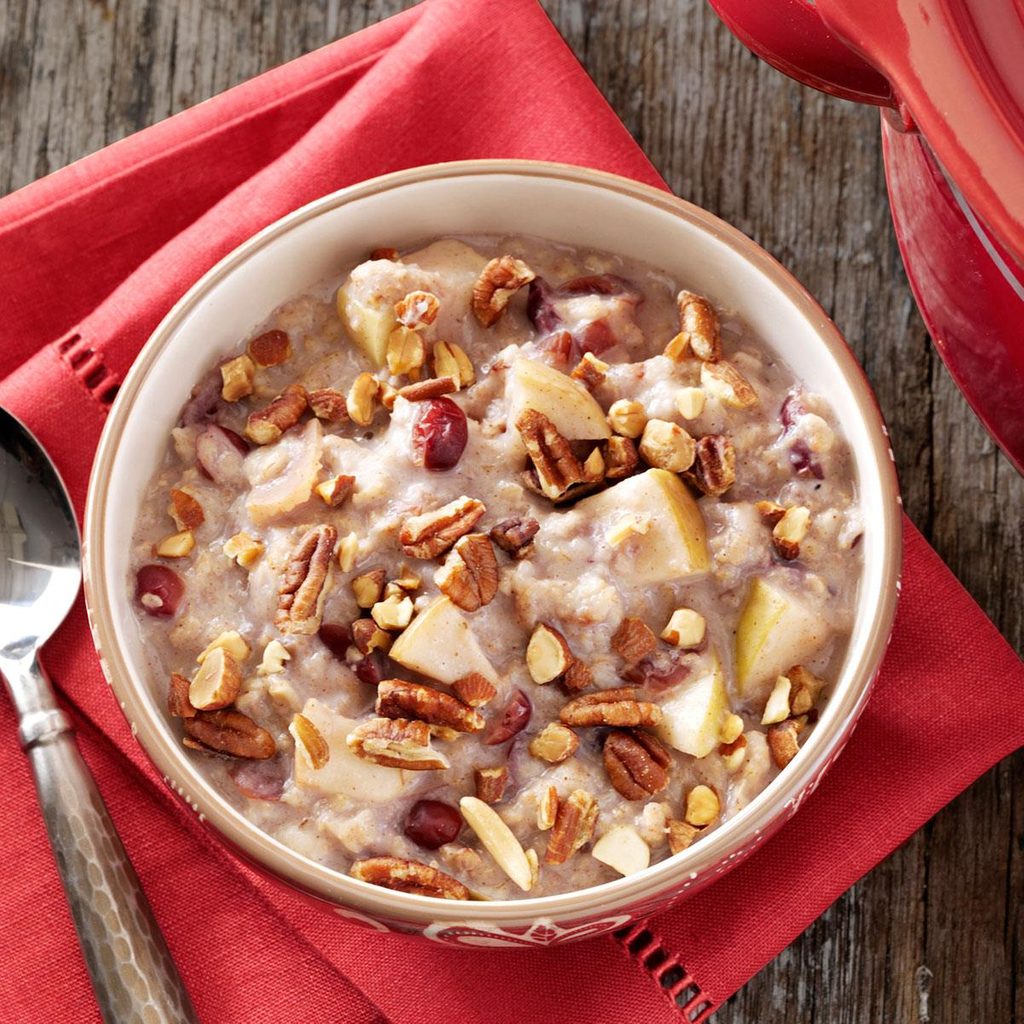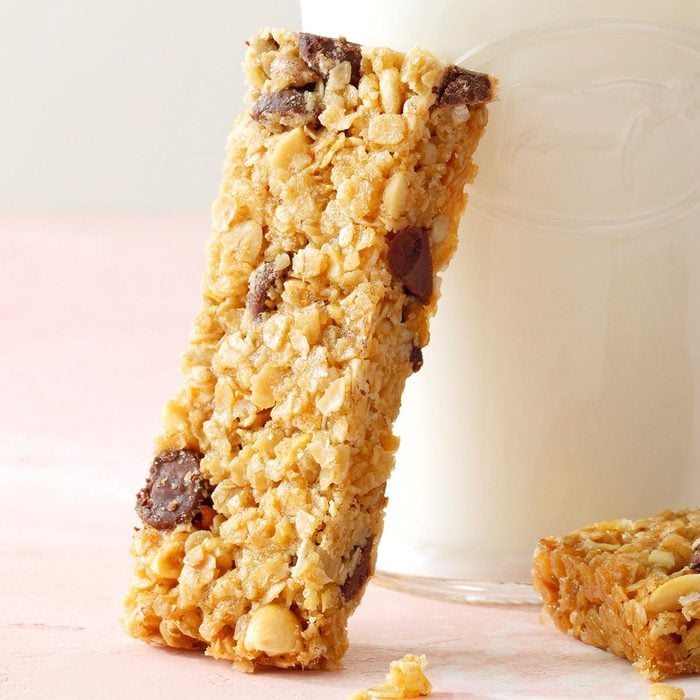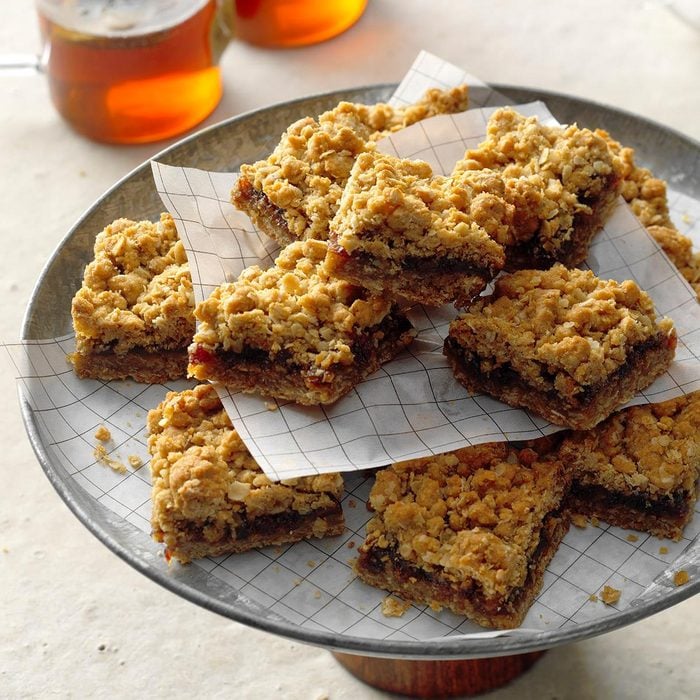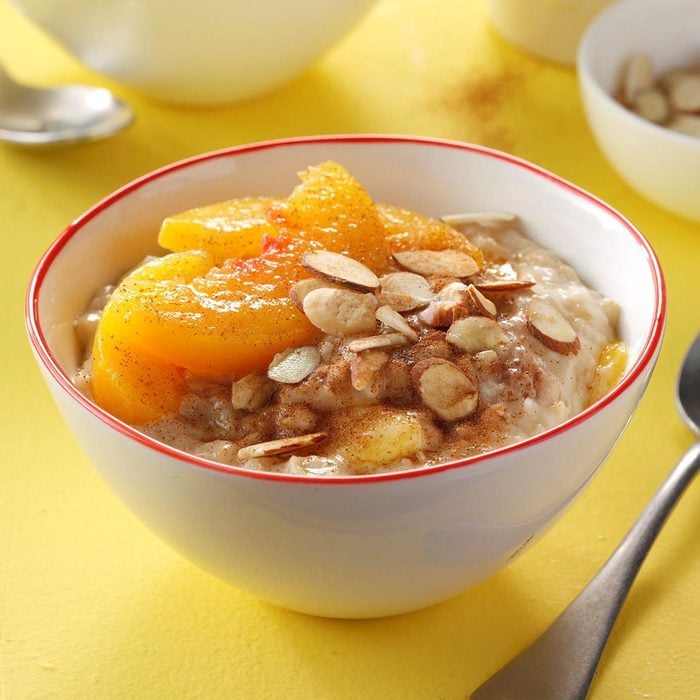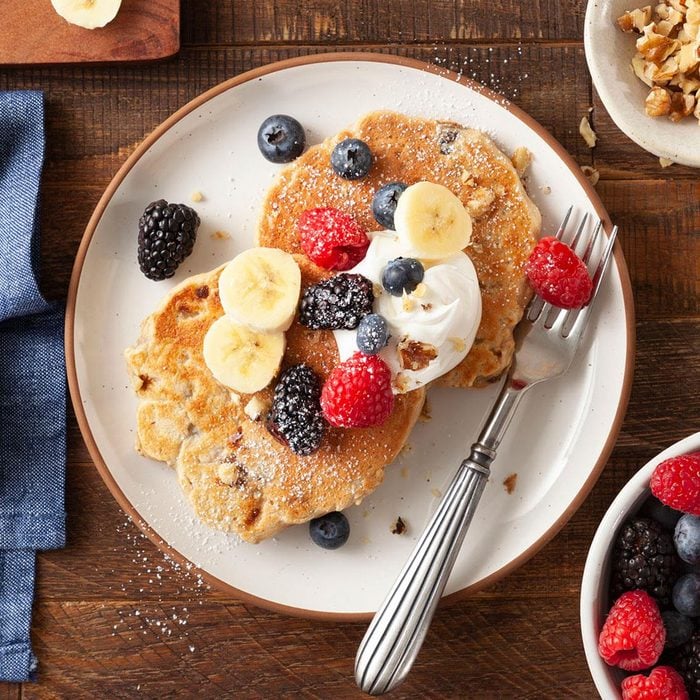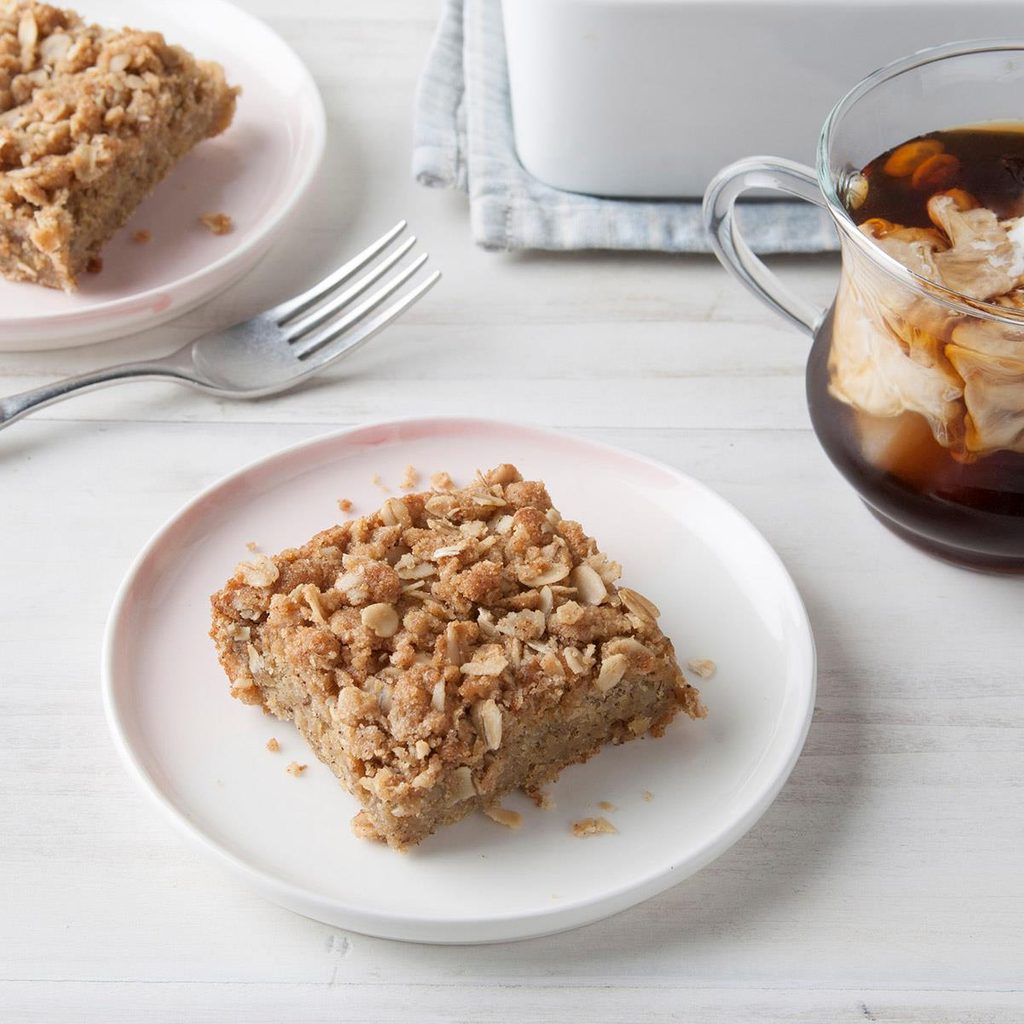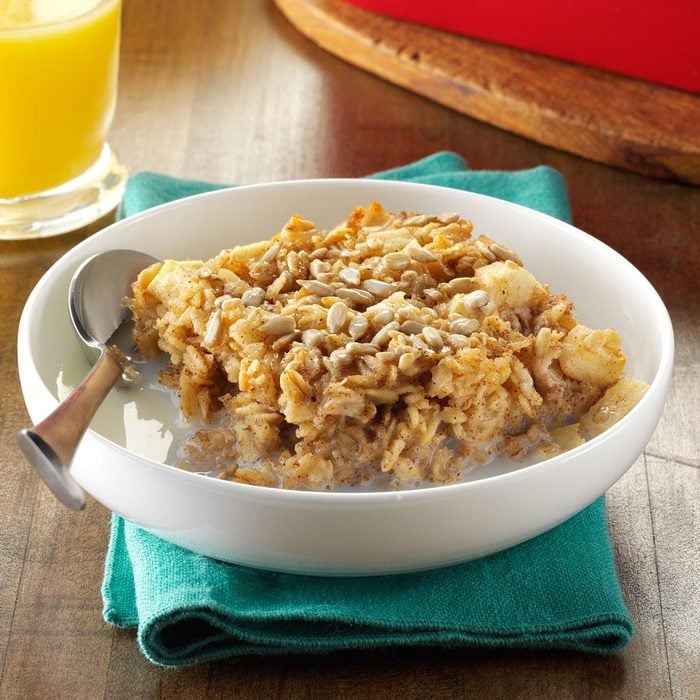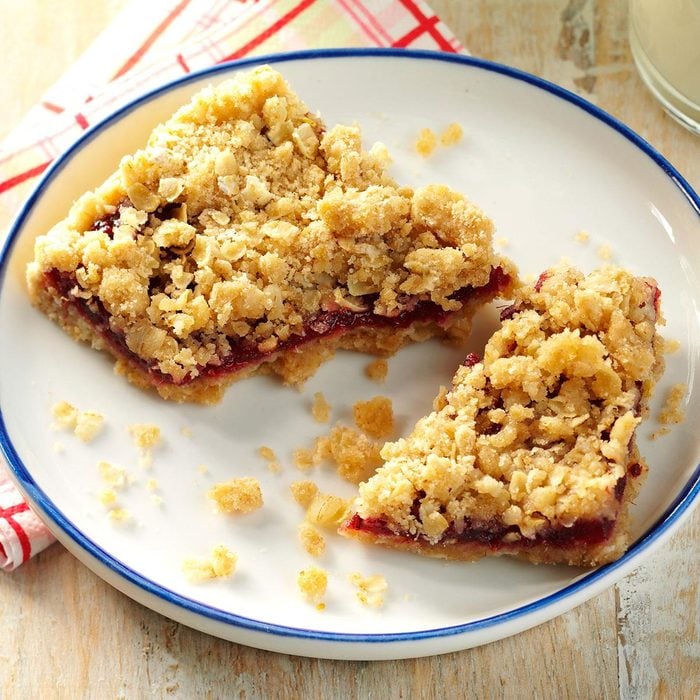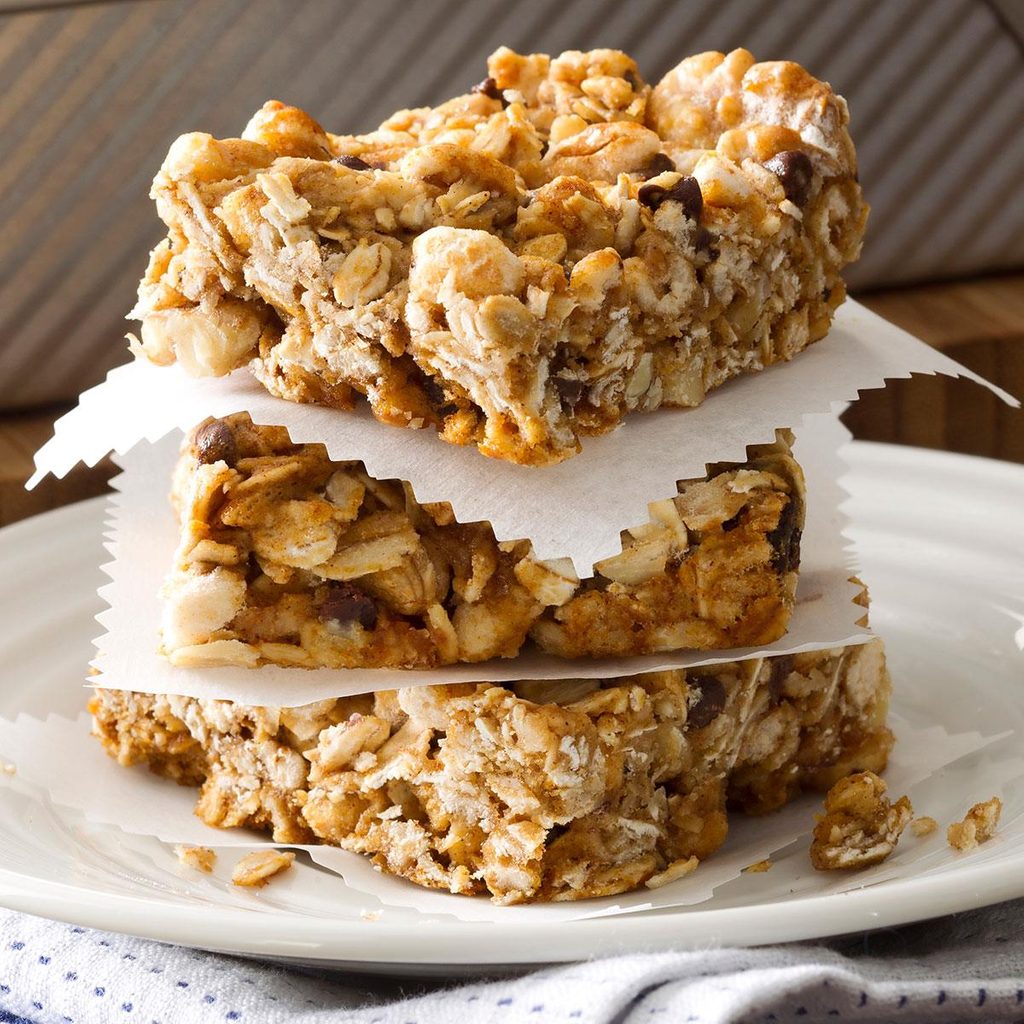Is Oatmeal Good for People with Diabetes?
Updated: Oct. 06, 2023
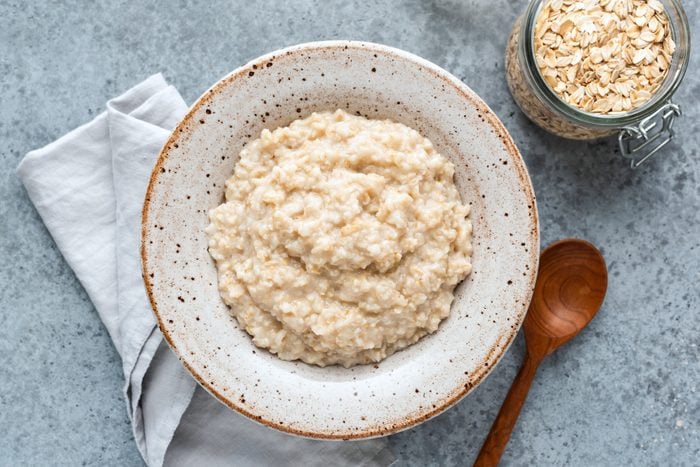
What do I say when my clients ask me if oatmeal is good for people with diabetes? "Yes," of course! Find out how this vitamin-and-mineral-rich whole grain can be a nutritious and satisfying part of your breakfast.
Oatmeal has long been regarded as a warm, hearty part of a balanced breakfast. Yet people with diabetes often tell me they no longer feel comfortable enjoying a bowl in the morning because they think it’ll mean chasing down high blood sugar for the rest of the day. Even though oatmeal is rich in carbohydrates that doesn’t mean diabetes educators and dietitians like myself warn people to avoid it.
Learn how to enjoy oatmeal’s health benefits while also keeping your blood sugar right where you want it.
Health Benefits of Oatmeal for Diabetics
Better blood sugar control
Researchers reviewed a group of 16 studies on the matter, agreeing that there’s significant proof that eating oats can help lower overall blood sugar levels in people with both well-controlled and less well-controlled type 2 diabetes.
Thanks go to a particular type of fiber found in oats, called beta-glucans, which works to smooth out the rises in blood sugar that would otherwise happen after eating. First, beta-glucans take a longer time to digest, so they slow the release of glucose from meals into the bloodstream. Second, these fibers activate a protein in the body that can lower the amount of glucose made and released into the body by the liver.
One important note: Choose unprocessed oats. Look for oat groats (whole kernels of oats) or steel-cut oats to really get the benefits. A second study compared the blood-lowering impact of oats and found that processed oats such as instant, old-fashioned or rolled did not have the same impact as those that were whole.
Strengthen heart health
High LDL (or “bad”) cholesterol levels have long been associated with cardiovascular disease, which is why eating a diet that contains oats can be a good move for those concerned about heart attacks.
What’s at work? Once again, it’s beta-glucans. They form a gel-like substance that helps wash our intestines of artery-clogging cholesterol before it’s absorbed. These potent and fibrous food molecules are now also known to defend against buildup in additional ways, including removing cholesterol from blood vessels themselves and helping to build beneficial fatty acids that quell heart disease-causing inflammation.
Find more ways to increase your “good” cholesterol levels.
Ease tummy troubles
Tired of dealing with the discomfort of constipation? After just two weeks of eating 1-1/2 ounces of oats daily, study participants got significant relief from straining and gas associated with the pesky (not to mention uncomfortable) problem!
The benefits were seen regardless of how people made their oatmeal, with milk or water, flavored or plain. While this study was done in children, there’s no reason to believe the same feel-good effect wouldn’t be seen in adults, too.
Things Diabetics Should Add to Their Oatmeal
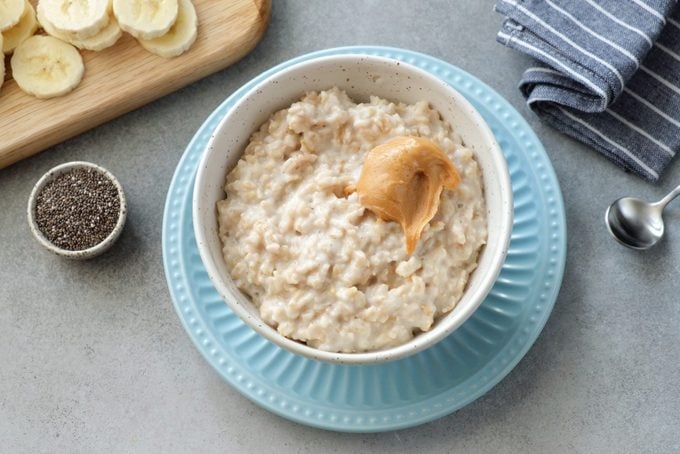
To create the best impact on blood sugar, think outside the box and opt for savory morning recipes that contain sources of fat and protein.
You can stir nuts and nut butters or seeds such as sliced almonds, crushed walnuts, ground flaxseed, pumpkin seeds, or a tablespoon of peanut, cashew or sunflower butter. Or go savory and cook oats in chicken or vegetable stock, then stir in some leftover chopped vegetables, and top with a fried egg. To make it creamier, add a swirl of yogurt, some butter or ghee, or even a spoonful of cream cheese.
To make it ahead of time, stir low-fat milk, protein powder and a splash of vanilla in an airtight container the night before you want to eat it. Or for a quick and easy impact, pump up flavor by sprinkling on a spice such as cinnamon, nutmeg, ginger or cumin.
Also good: Instead of thinking about what to add to oatmeal or only eating it for breakfast, you can up your opportunities to enjoy this high-fiber, blood-stabilizing food by adding it to other recipes. For example, oats can be mixed into meatballs and meatloaf, smoothies, cookies and breads.
Things Diabetics Shouldn’t Add to Their Oatmeal
Avoid fast-acting sources of sugar such as maple syrup, rice syrup, juices, honey or white and brown sugar. People with diabetes don’t need to avoid those foods altogether, but since oatmeal is already high in carbohydrates, avoid stacking other sugary foods together in the same meal.
If you want to add sweetness to your morning oats, I recommend my clients stir in fresh (or defrosted) fruit, such as berries, or a teaspoon or two of berry jam or preserves along with other high-protein toppings, like seeds and nuts (as mentioned above).
The Best Oatmeal for Diabetics
To get maximum blood sugar benefits, opt for steel cut or whole kernel oats, which you can cook to make a classic oatmeal breakfast or eat as a side dish with lunch or dinner in place of rice. If you’re short on time in the mornings, make a batch of these oats at the beginning of the week, refrigerate and reheat portion by portion each morning.
If unprocessed varieties aren’t available to you, instant, rolled or quick oats will do; be sure to check the ingredient list on the back of the package and avoid those with added sugar. Or, dampen down any blood sugar rises these types might cause by stirring in a high-protein topping such as seeds or nuts.

